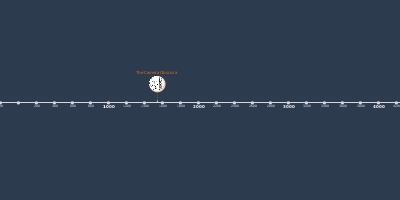jan 1, 1920 - THE 1920'S - SOUND + POLITICS
Description:
The 1920's were a time of huge invention and advancement in the history of TV and film.1911 - Suffragette, Emily Davison's death was caught on camera. This was the first known footage that had captured a political statement and uprising in real life. Prior to this, the media was used as a means of entertainment, as opposed to capture events that were occurring at the time.
This created a huge shift in the attitudes towards media through to the 1920's; many people that had seen this footage became more curious about seeing the lives of regular people, and wanted to see more actual footage of events that they would read about in the newspapers.
The use of sound became increasingly popular in the 1920's.
Phonographs: A phonograph was hooked up to a movie projector whilst a sound on disk system, called a vitaphone, was played in sync with the film.
Movietone also emerged; sound information on a small strip of celluloid ran down one side of the film strip to record sound. However, this often caused in-frequencies in sound, making sound affects appear distorted, too loud or too quiet.
Eventually, 'Talkies' began being released to the public. These were movies that were played with synchronised dialogue using these techniques. The Jazz Singer (1927) was the first of these films to be released, and only consisted of a 350 word dialogue within a two hour film.
In the latw 1920's, Rouben Mamoulian created a revolutionary sound technique. He did this by creating a double channel soundtrack with overlapping dialogue. This was first used in Applause (1929) ans began to pave the eway for modern sound technoques, as he has solved many of the problems caused by pervious attempts at recording sound.
Added to timeline:
Date:
jan 1, 1920
Now
~ 105 years ago
